Introduction
This article provides an in-depth exploration of thermal shocks.
It covers key topics including:
- Principles of Thermal Shocks
- Types of Thermal Shock Chambers
- Applications and Benefits of Thermal Shock Chambers
- And More...
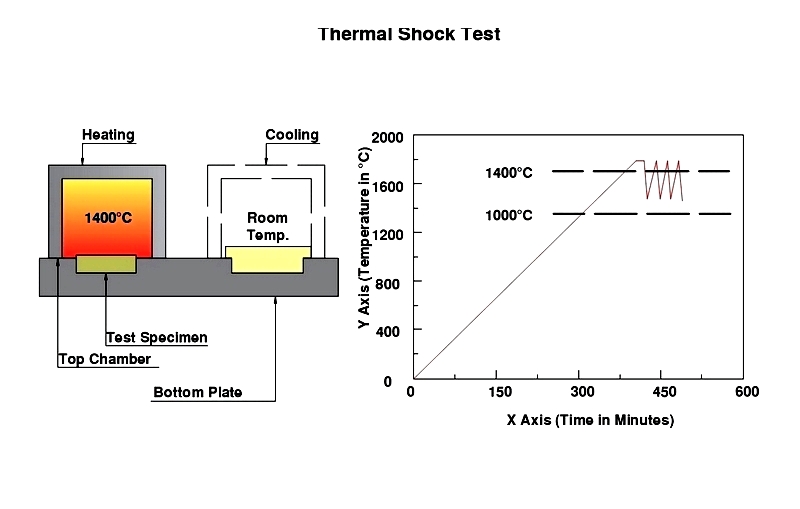
Chapter 1: Understanding the Principles of Thermal Shocks
This chapter examines thermal shock chambers in detail, focusing on their design, construction, and operational mechanisms.
Defining Thermal Shock Chambers
Thermal shock chambers are specialized climate chambers that test materials under extreme temperature variations. They rapidly alternate between high and low temperatures to identify defects or potential failures, particularly important in electronics where early failures can be critical.
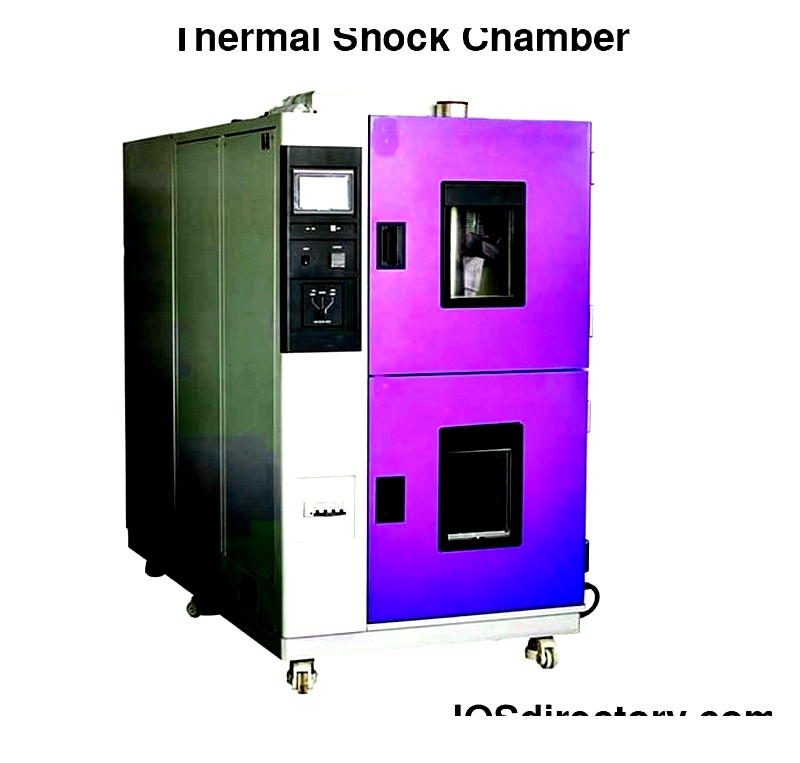
Materials are placed in a mobile basket that quickly moves between hot and cold zones, completing cycles in about 10 seconds. These chambers typically feature multiple compartments and follow standardized testing protocols.
The tests evaluate product durability under thermal stress. Materials may experience uneven heating or cooling, causing volume changes and mechanical stress that could lead to failure.
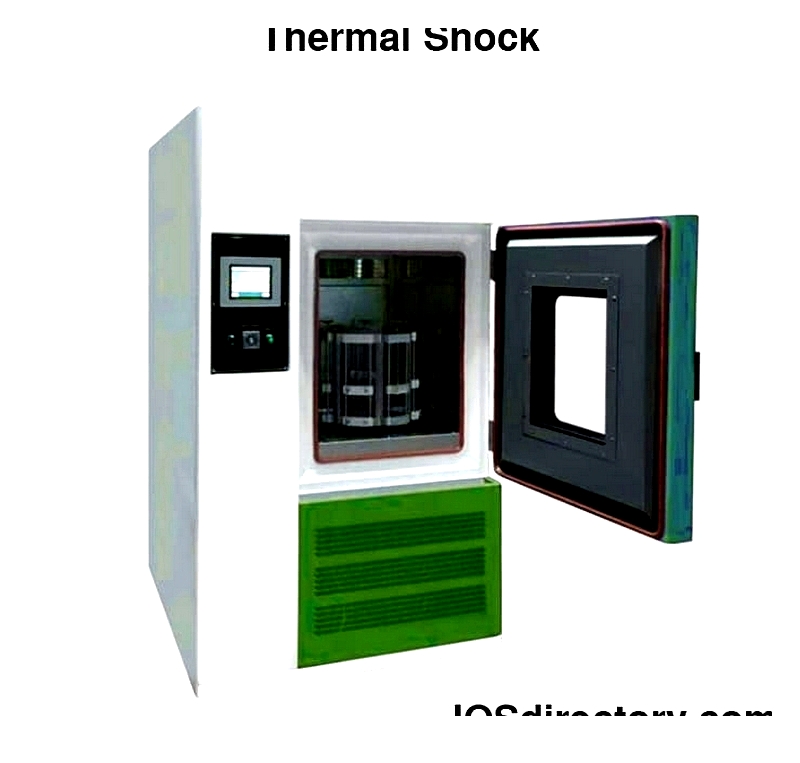
These tests are crucial for assessing electronic reliability in critical fields like aerospace. Thermal shocks exceeding material limits can cause component failures, especially with mismatched thermal expansion coefficients.
Using thermal shock chambers helps identify product flaws before manufacturing, allowing necessary adjustments to optimize performance.
Environmental Chambers
Thermal shock chambers are a type of environmental chamber that simulates various physical and climatic conditions. They create controlled environments for testing product properties under different temperature, humidity, and pressure conditions.
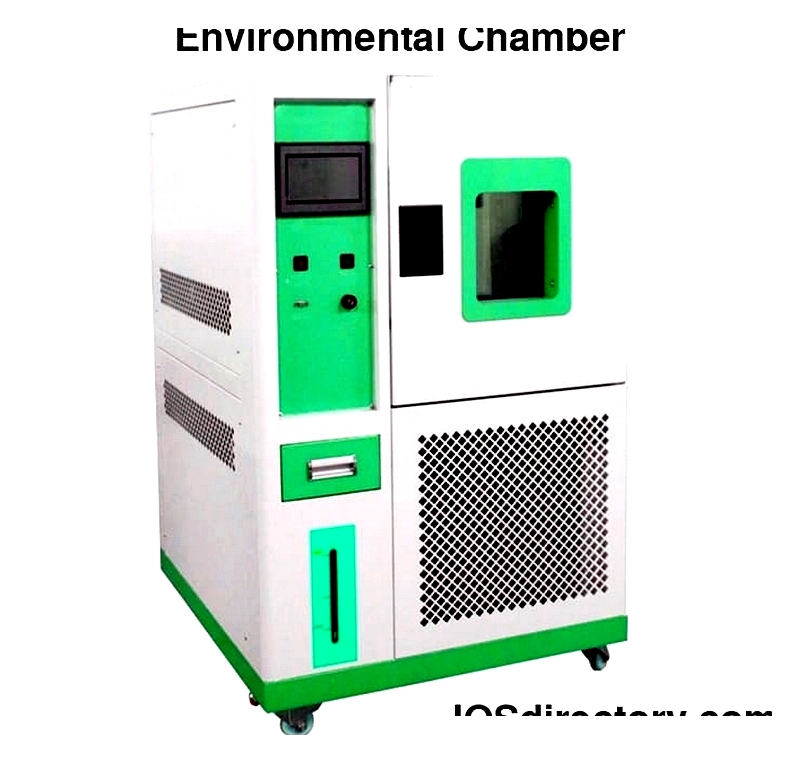
Environmental testing evaluates product quality through various assessments, checking for issues like corrosion or emissions.
Thermal Shock Chamber Construction
Key components include:
Cabinet Structure
The cabinet features galvanized steel construction with polyurethane foam and glass wool insulation for thermal efficiency. It includes a steel base with support feet and casters for mobility.
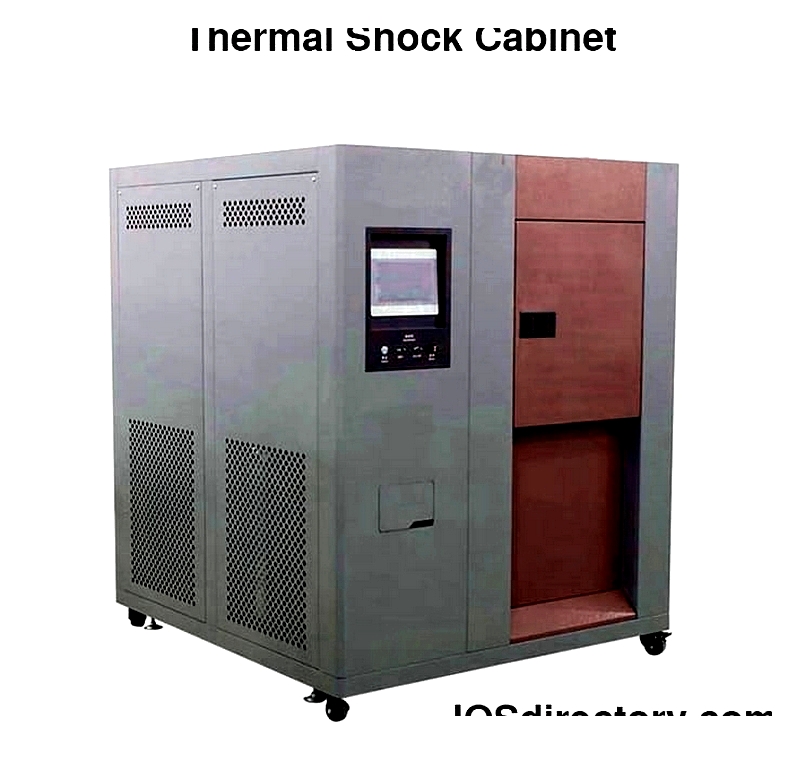
High Temperature Zone
Located in the upper section, this zone uses 304-grade stainless steel for durability. It includes a circulating air system with heating elements for rapid temperature transitions.
Low Temperature Zone
Positioned at the bottom, this zone also uses 304 stainless steel. It features a cooling system with an evaporator for low-temperature testing.
Transfer Basket
The stainless steel basket moves samples between zones using a cylinder-powered mechanism for efficient sealing during transitions.
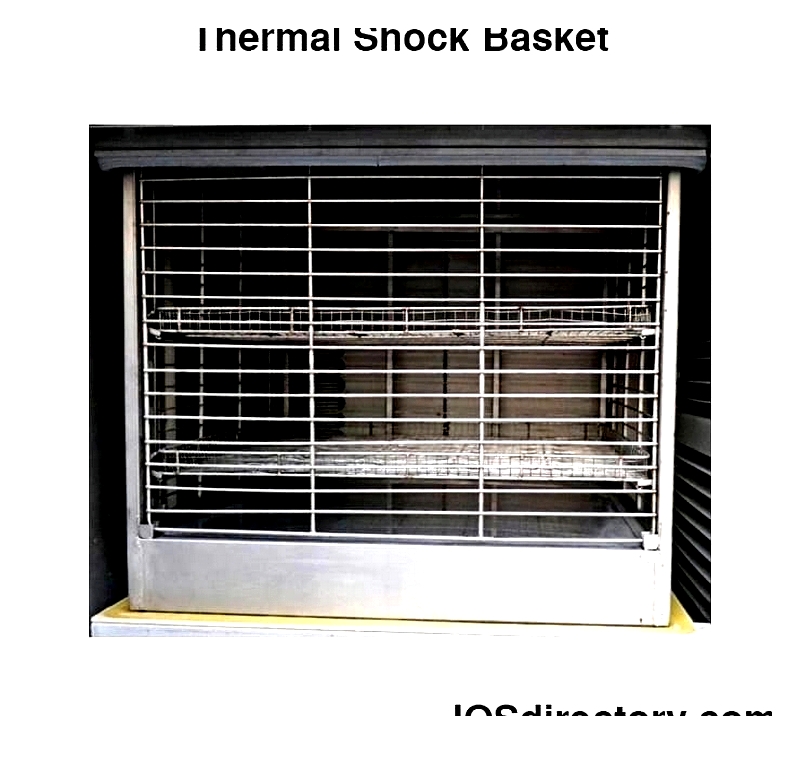
Materials Used
Primary materials include:
Galvanized Steel
Hot-dip galvanized steel provides corrosion resistance, protecting the cabinet structure.
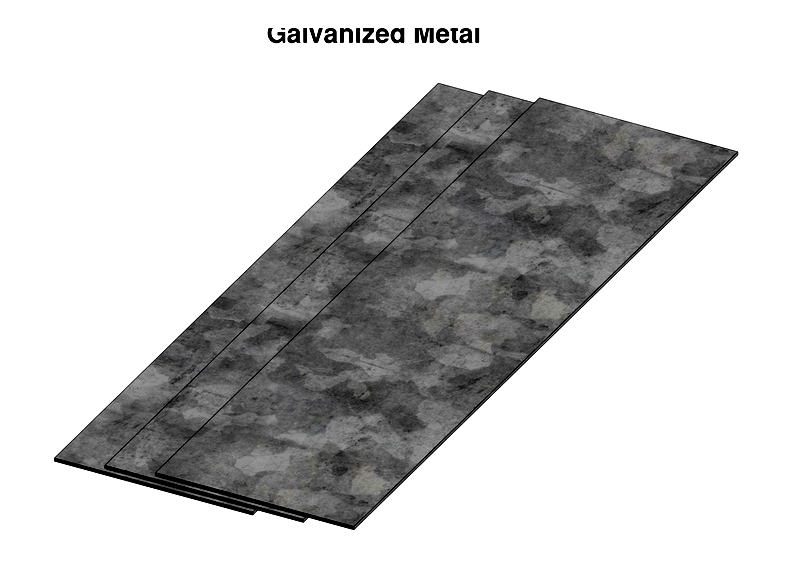
304 Stainless Steel
This alloy offers excellent corrosion resistance and durability for chamber components.

Operational Principles
Key functions include:
Temperature Control
The chamber maintains precise temperature distribution using refrigeration systems and programmable controls.
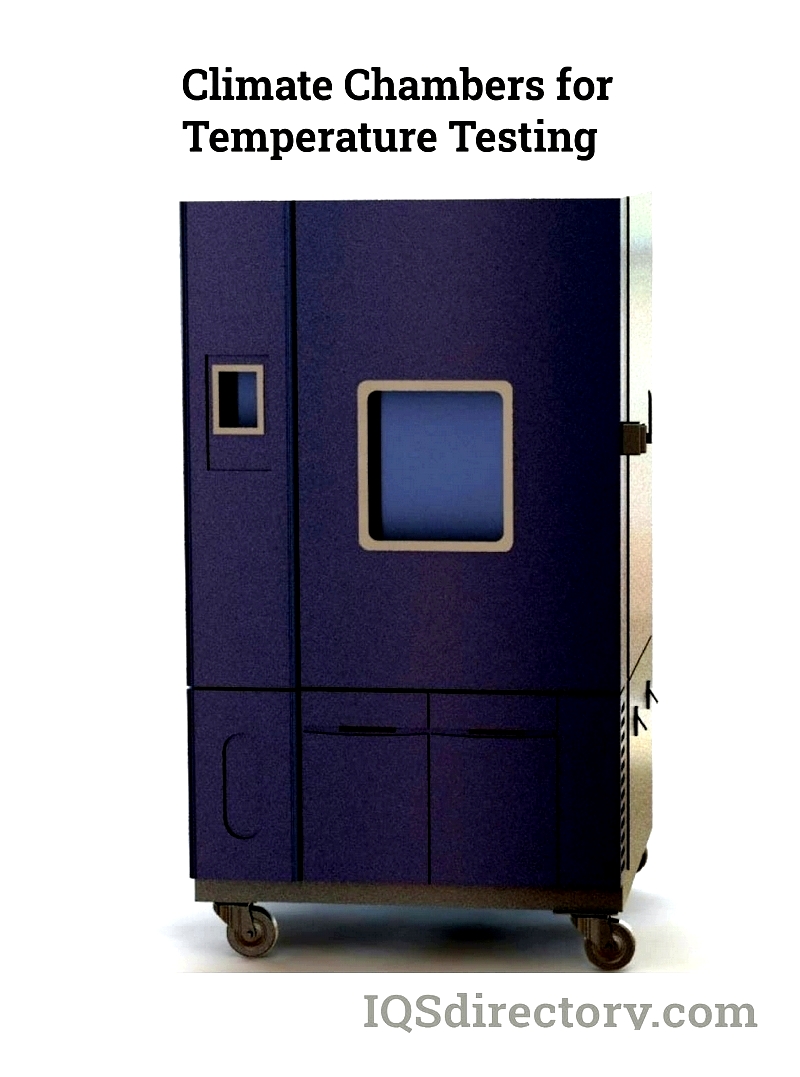
Humidity Management
Humidity is controlled through electric humidifiers and dehumidification systems.
Technical Specifications
Typical specifications include:
- Volume: 60L to 120L
- Temperature Ranges: -80°C to 220°C
- Loading Capacity: 20kg to 100kg
- Power Rating: 8kW to 14kW
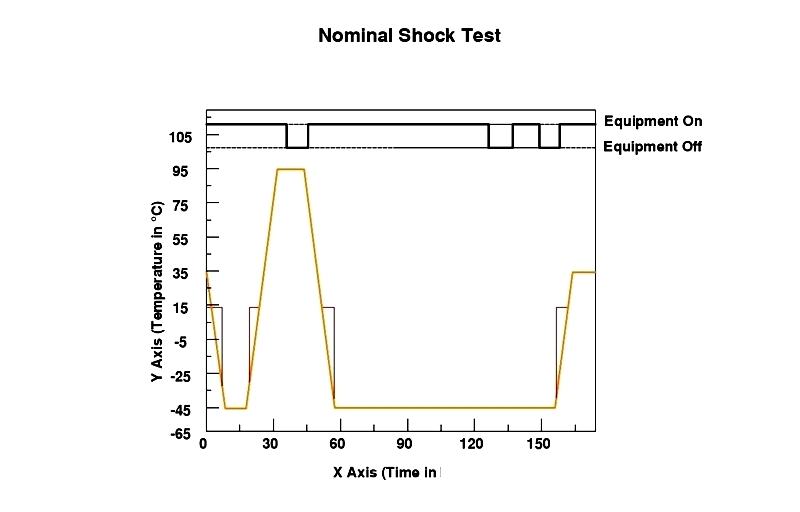
Selection Criteria
important considerations:
Temperature Range
Chambers vary from single-stage (-40°C) to dual-stage (-70°C) systems.
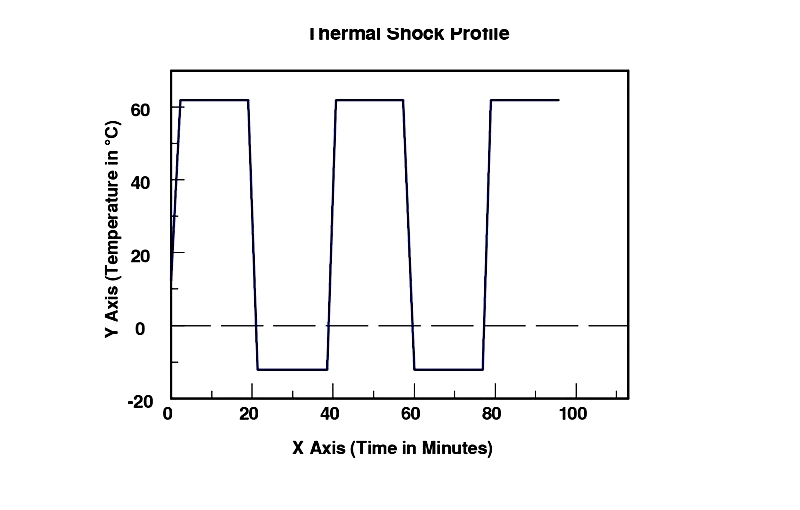
Transition Rates
Typical rates range from 6°C/min to 10°C/min.
Chamber Size
Sample size should not exceed one-third of chamber volume.
Sample Weight
Must not exceed rated capacity.
Chapter 2: Types of Thermal Shock Chambers
Thermal shock chambers come in several configurations for different testing needs.
Three-Box Chambers
Feature fixed test zones with high throughput capacity.
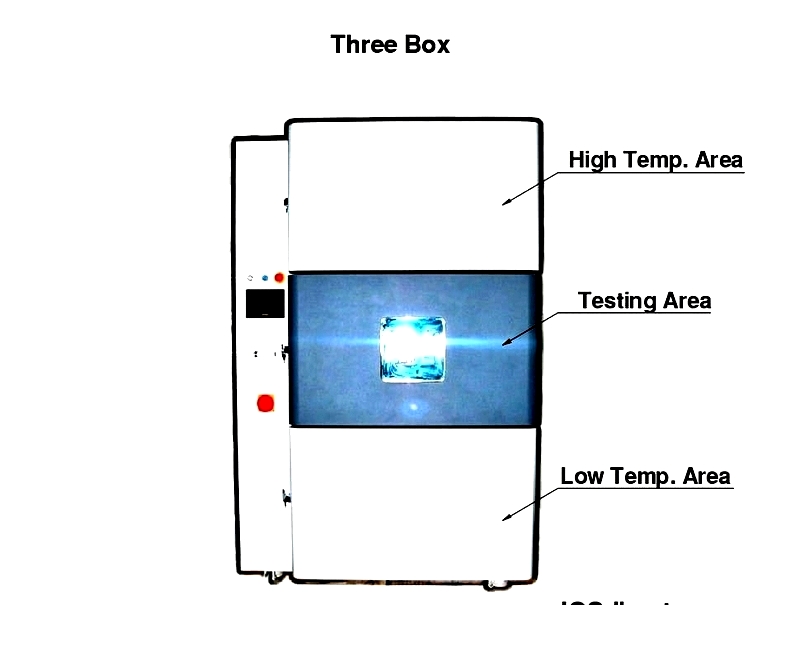
Vertical Lift Chambers
Compact design with vertical temperature zone arrangement.
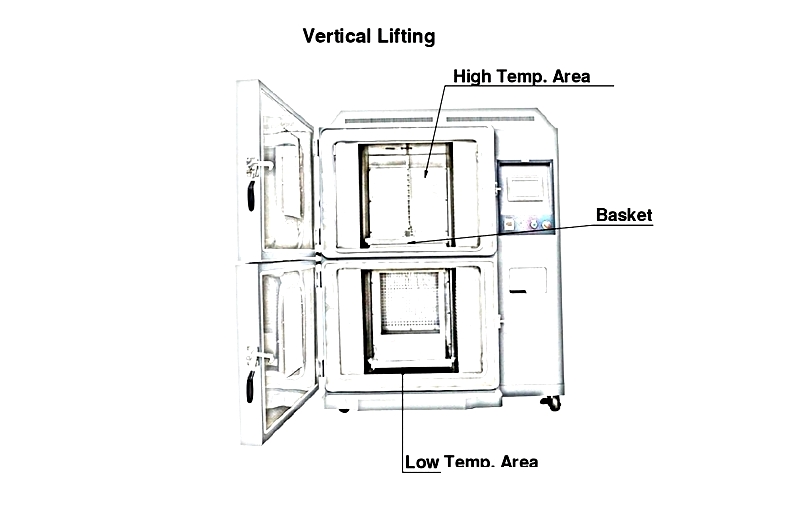
Horizontal Mobile Chambers
Ideal for larger components with side-to-side transfer.
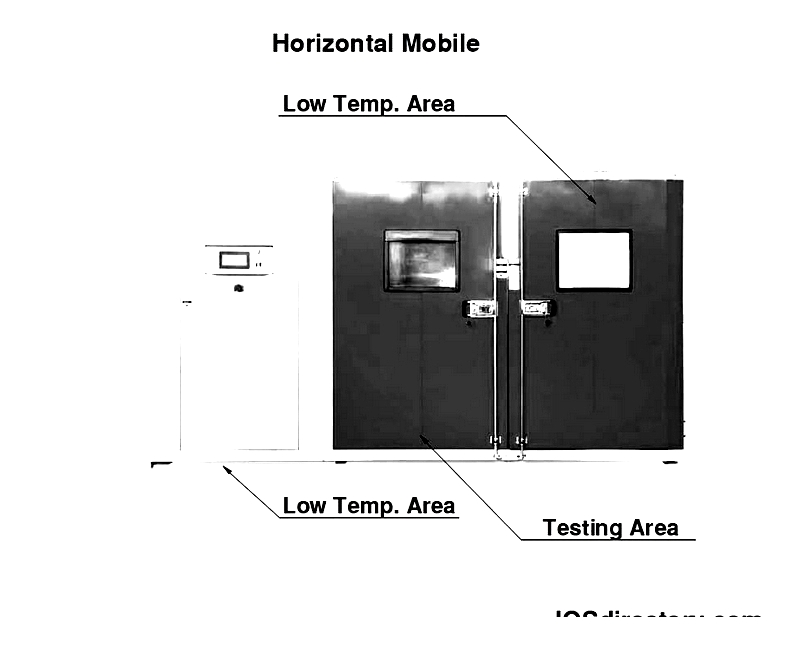
Table 1: Comparison of Thermal Shock Chamber Types
Selection Guidelines
Consider temperature range, sample size, throughput needs, and available space when choosing a chamber.




